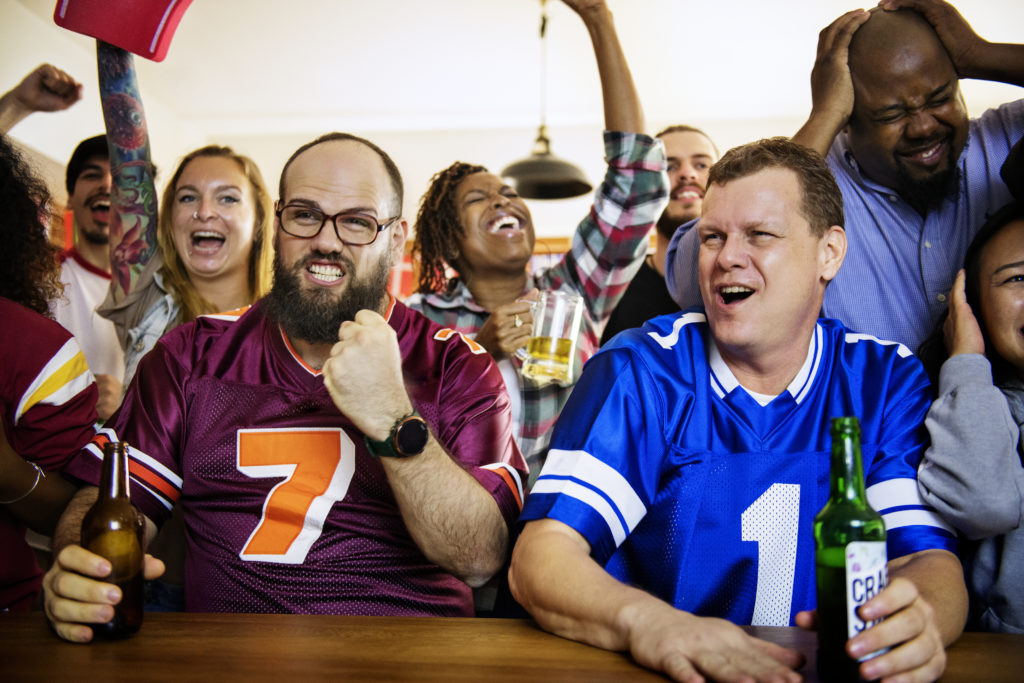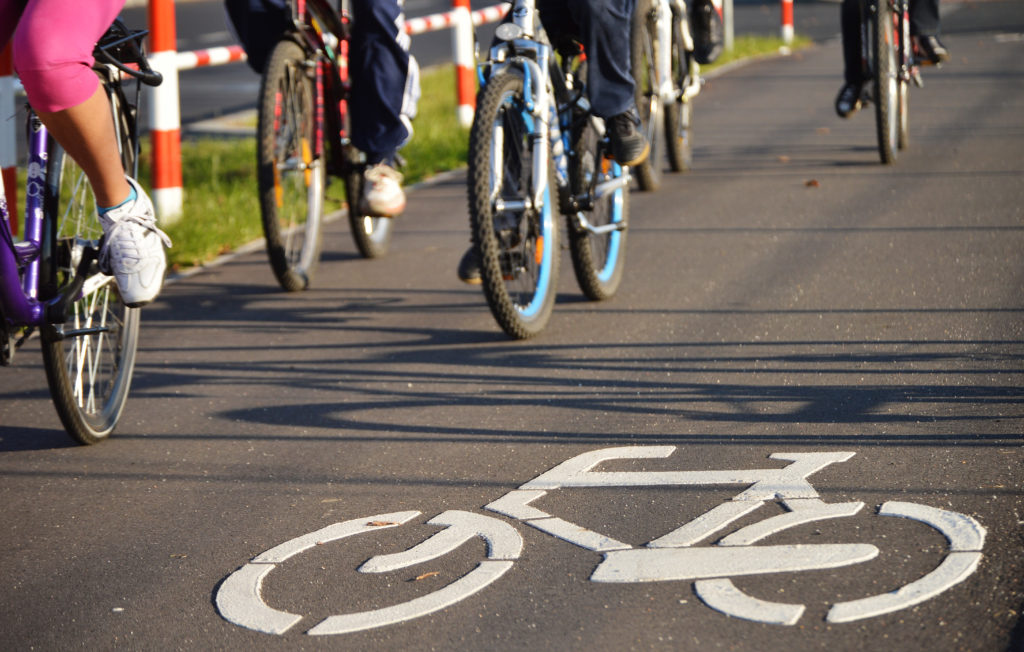Levinson and Stefani Injury Lawyers’ founding partner, Ken Levinson, will present on multiple topics during the 2023 Maryland Association for Justice’s (“MAJ”) Auto Negligence Seminar: Litigating Auto and Trucking Cases in State and Federal Court.
During Ken’s 1st presentation, “From Crash to Trial: Strategies for Your Truck Cases,” Ken will provide expert guidance and tips for maximizing results on trucking cases. Ken’s final presentation, “Using Focus Groups to Maximize Your Auto and Truck Cases,” will focus on leveraging focus groups to identify case weaknesses and much more.
MAJ’s 2023 Auto Negligence Seminar will take place on Friday, November 10, 2023, in Pikesville, Maryland.
Ken founded his firm in 2014 in order to offer client-first legal representation for victims of personal injury from auto, truck, and bus crashes. Ken is a co- author of Litigating Major Automobile Injury and Death Cases, published by AAJ Press/Thomson-Reuters. Ken holds leadership roles with the American Association for Justice and sits on the Illinois Trial Lawyers Association Board of Managers.





